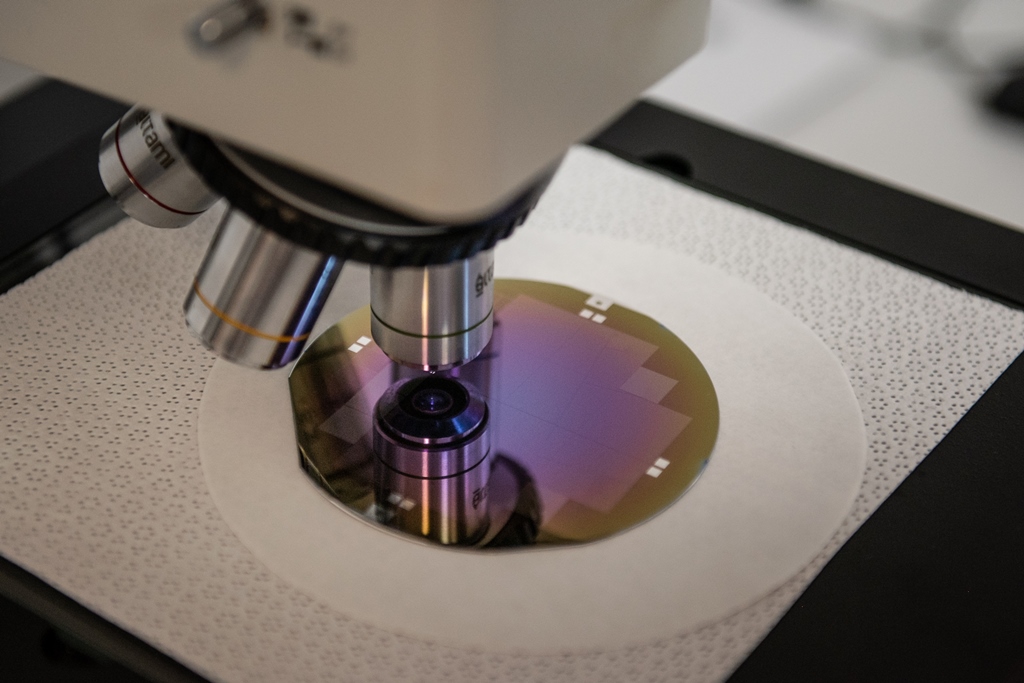Chinese scientists will test gallium arsenide-based sensors created at the Center of Prospective Technologies in Microelectronics of Tomsk State University. The distinctive feature of this development is high damage resistance. ShanghaiTech University is interested in the application of these sensors in medical tomographs.
TSU scientists are world leaders in manufacturing sensors based on highly resistive chromium-compensated GaAs. The main feature of these sensors is the ability to read each quantum and instantly convert it into a charge that creates a current pulse. Therefore, they do not need a double conversion —from a quantum into light radiation and then into a current pulse. In addition, this technology can calculate the energy of each quantum. This enables forming spectral X-ray images and hence increases the images’ informativeness.

“We will test of our devices in Shanghai at the Photonic Sensing & Imaging Lab, headed by Prof. Lai Xiaochun. This laboratory is developing detectors for photon-counting computed tomography systems based on multi-element sensors and specialized integrated circuits operating in the counting mode,” said Andrey Zarubin, an employee of Center of Prospective Technologies in Microelectronics. “Chinese scientists will study the characteristics of our HR GaAs:Cr sensors manufactured in the Laboratory of Synchrotron Emission Detectors of the Center of Prospective Technologies in Microelectronics. We also should study the stability of the sensors in maximum loadings of X-ray computed tomography — 108 quanta/pixel.”
During a recent visit to ShanghaiTech University, TSU scientists made a report on direct conversion of HR GaAs:Cr pixel sensors for spectral X-ray imaging that contained the main results of testing of HR GaAs:Cr matrix X-ray sensors at TSU. The research at ShanghaiTech University will be completed in the summer of 2024. Then ShanghaiTech University will consider using TSU sensors in medical equipment.
ShanghaiTech University also conducts research using synchrotron X-ray radiation, which was created at the Institute of Applied Physics of the Chinese Academy of Sciences. TSU scientists are world leaders in the development of sensors for synchrotron radiation sources. These sensors have already been installed in the research facilities of the German Electron Synchrotron (DESY Germany), the European Synchrotron Radiation Facility (ESRF France), and the European Organization for Nuclear Research (CERN, Switzerland).